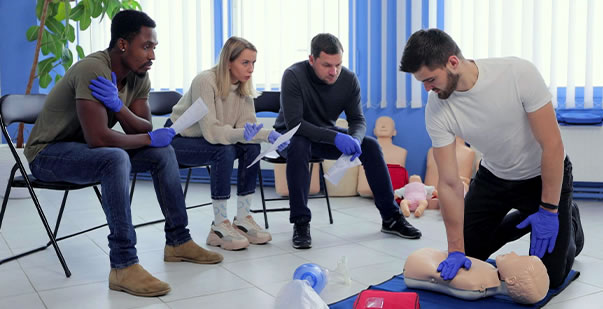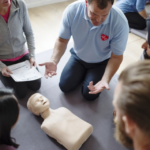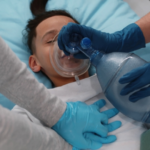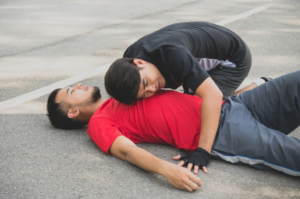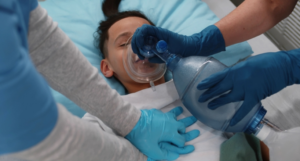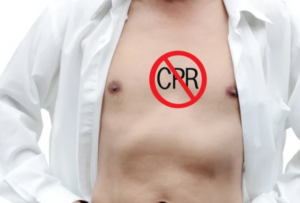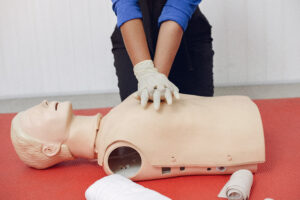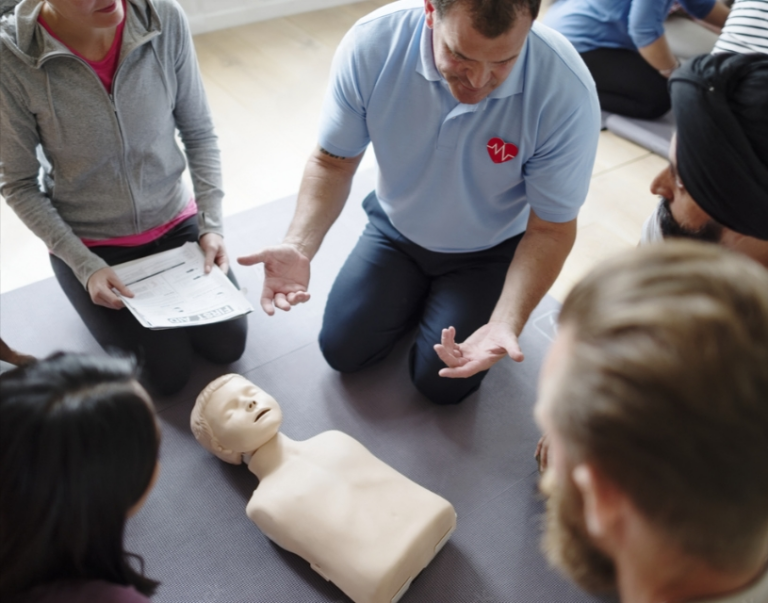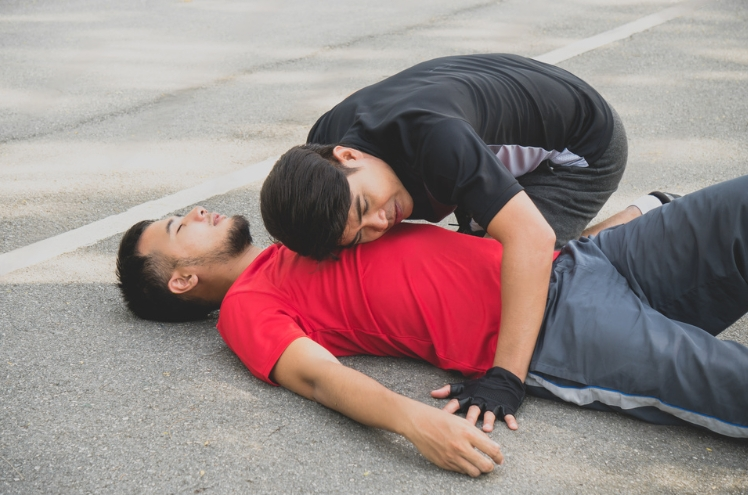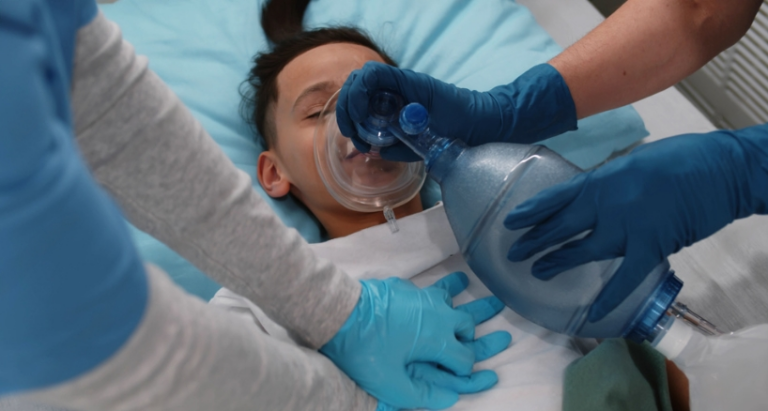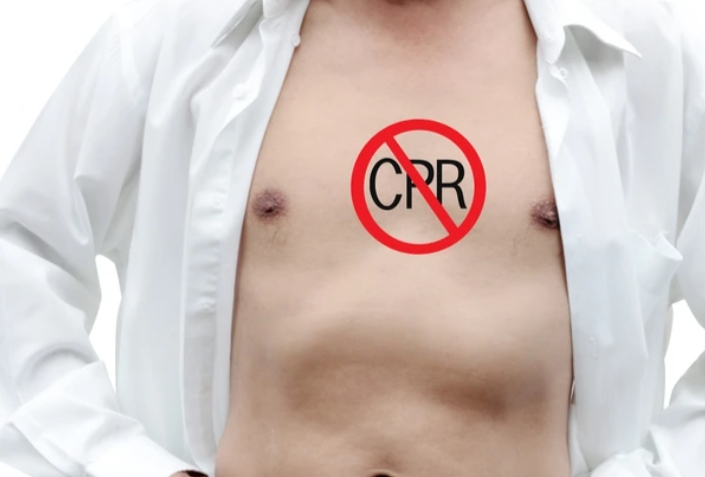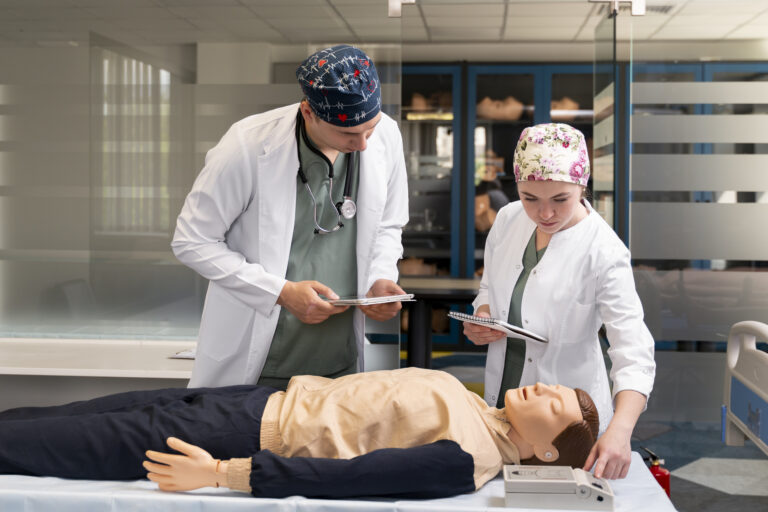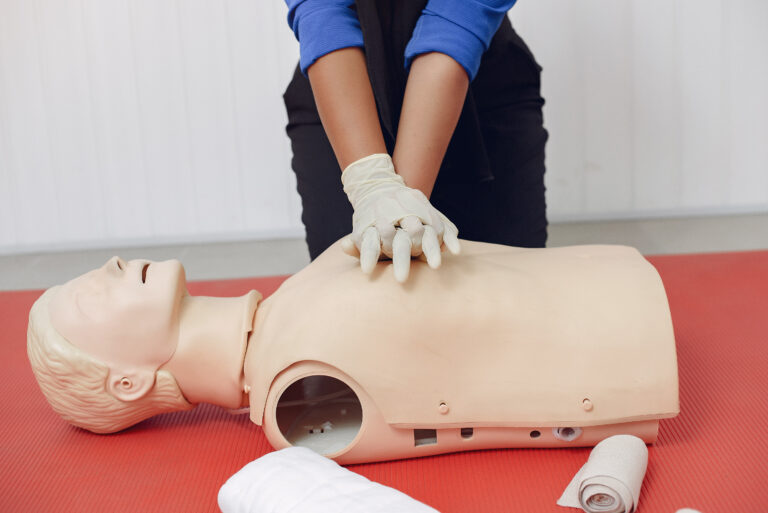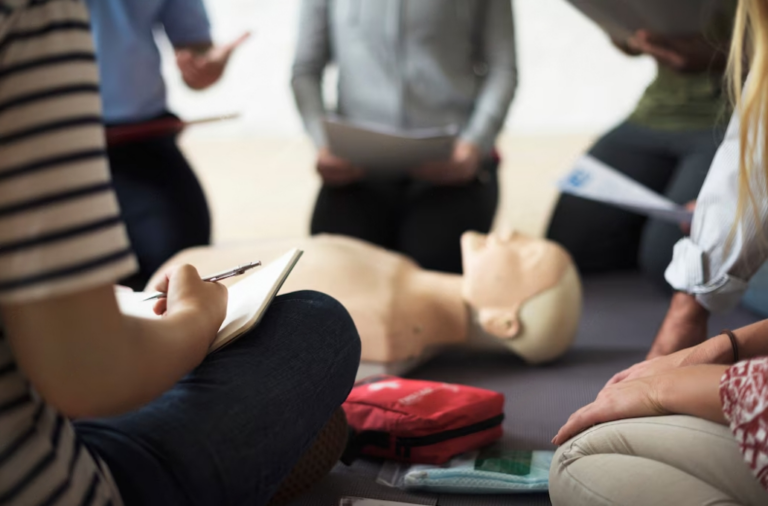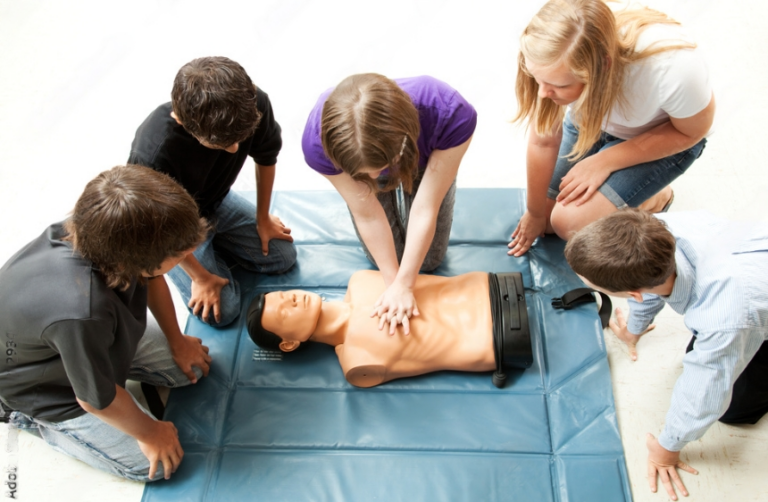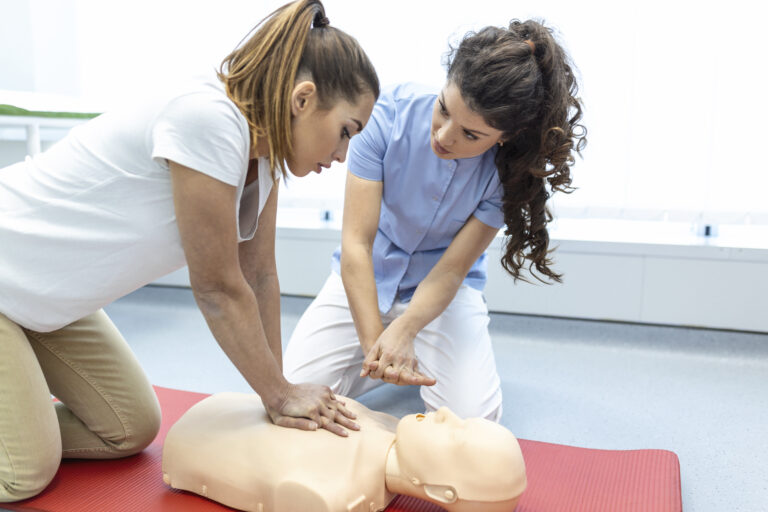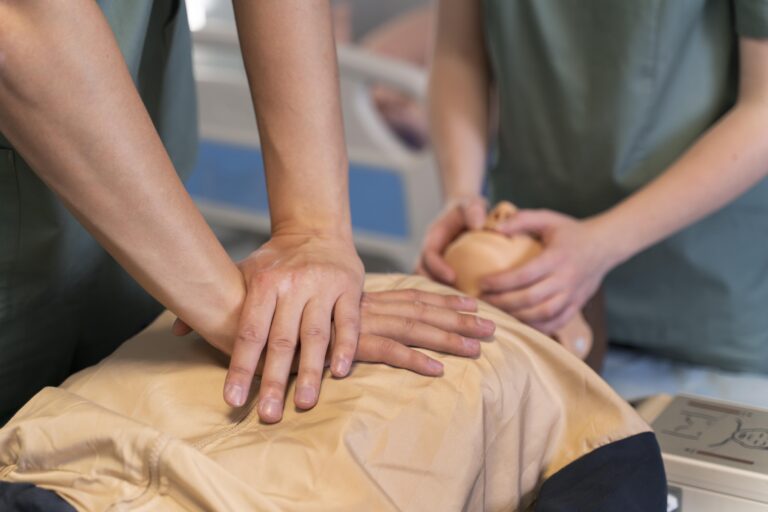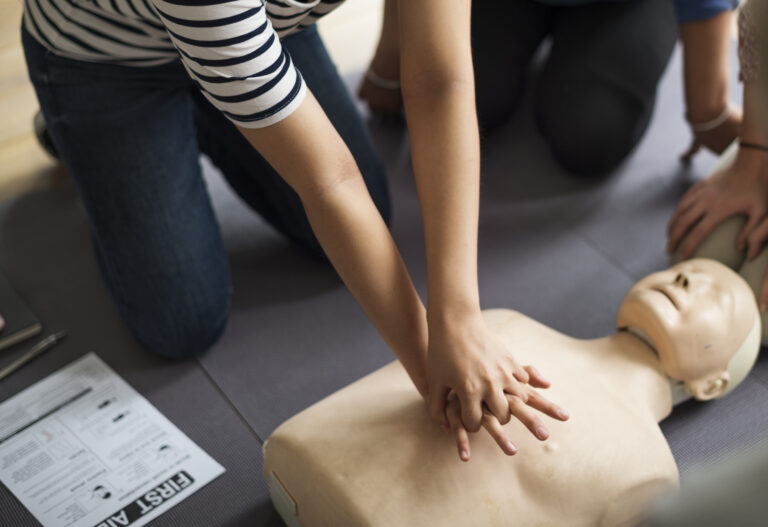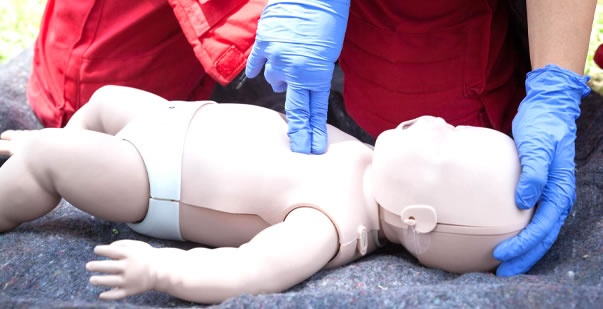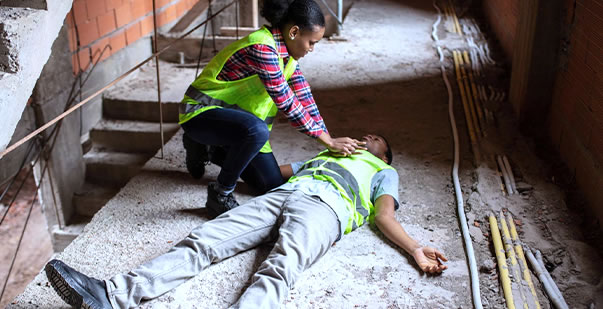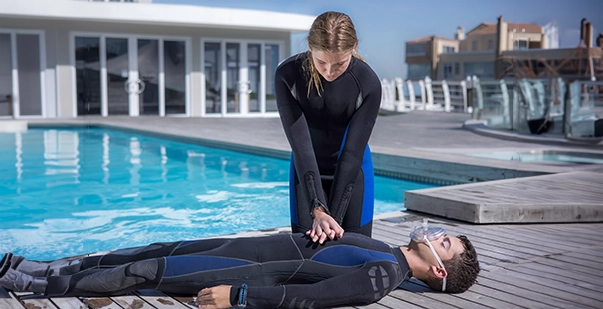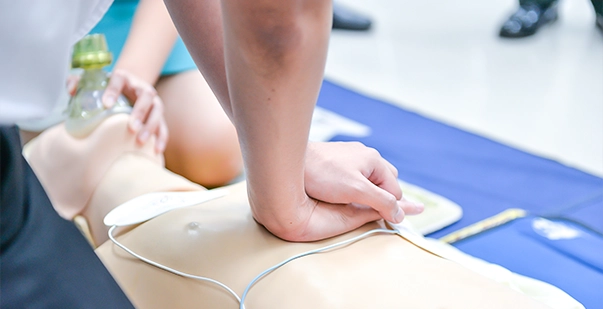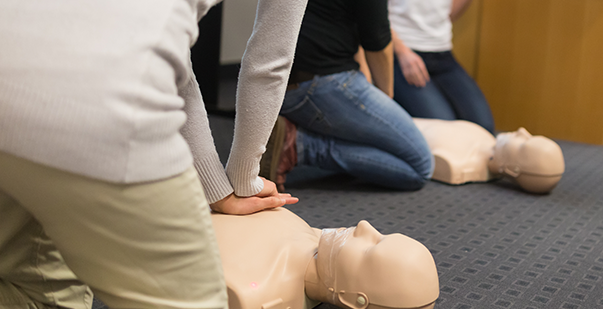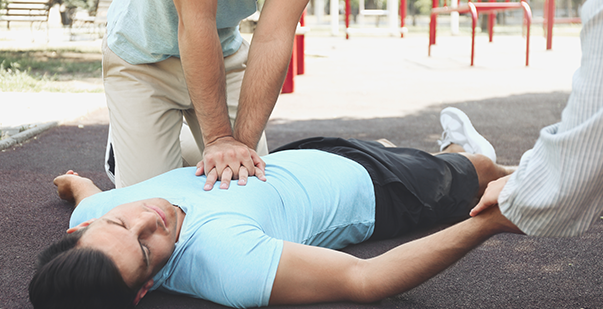Table Of Content(s)
- How to become a CPR instructor: A Complete Guide
- How to become a licensed CPR instructor?
- What are the benefits of becoming a certified CPR instructor?
- What is the Role of a CPR Instructor?
- CPR Certification Requirements
- Instructor Training Programs
- Curriculum and Teaching Methods
- Tips for Success as a CPR Instructor
- Conclusion
Becoming a CPR instructor is not just about mastering life-saving techniques; it’s about empowering others to save lives in critical situations. In the United States alone, there are currently over 4000 certified CPR instructors, each playing a crucial role in equipping individuals with the skills to make a life-saving difference. As a CPR instructor, you hold the power to inspire and educate others, turning ordinary citizens into confident responders capable of altering the outcome of a fatal situation.
Did you know that CPR instructors are instrumental in boosting survival rates for cardiac arrest victims? Studies have shown that immediate CPR, performed by a bystander, can double or triple a victim’s chance of survival. By becoming a CPR instructor, you’re not just teaching a skill; you’re potentially saving lives and making a profound impact on your community.
If you’re considering a career as a CPR instructor, this blog will walk you through the steps and give you the answer to “How to become a CPR instructor.”
How to become a licensed CPR instructor?
To become a licensed CPR instructor, before anything, you will require dedication, commitment and then training. The process of becoming a licensed instructor is both impactful and rewarding. Find the outlined steps to become a licensed CPR instructor-
Read More: Know how to administer CPR for different age groups.
- Earn CPR Certification: Before you can become an instructor, you must first earn certification in CPR yourself. This typically involves completing a CPR training course and passing a certification exam from a recognized and accredited organization.
- Gain Experience: Most certifying organizations require prospective instructors to have practical experience in performing CPR. This experience can be gained through volunteering, working in healthcare settings, or participating in CPR-related activities.
- Complete Instructor Training Course: Once you have obtained CPR certification and gained sufficient experience, you’ll need to complete an instructor training course offered by the certifying organization. These courses cover teaching methodologies, adult learning principles, and how to effectively instruct CPR classes.
- Pass Instructor Exam: After completing the instructor training course, you’ll need to pass an instructor exam to demonstrate your understanding of CPR techniques and teaching principles. This exam typically includes both written and practical components.
- Obtain Instructor Certification: Upon successful completion of the instructor training course and exam, you’ll receive your instructor certification from the certifying organization. This certification allows you to teach CPR classes and certify others in CPR.
- Maintain Certification: To remain a licensed CPR instructor, you’ll need to maintain your certification through ongoing training and periodic recertification. This may involve completing continuing education courses, staying updated on CPR guidelines, and renewing your instructor certification on a regular basis.
By following these steps and staying dedicated to your training, you can become a licensed CPR instructor and make a meaningful difference in your community. Get started on your journey today and empower others to save lives with confidence and skill.
Read More: How can a CPR certification make a real difference?
What are the benefits of becoming a certified CPR instructor?
CPR instructors have the responsibility of passing on their knowledge to enthusiastic learners who truly wish to make a difference. Even though the job comes with a lot of duty, certified CPR instructors enjoy several advantages. Let’s go through some of the benefits of being a certified CPR instructor-
- Ability to Save Lives: Few experiences are as profound as knowing that your actions have directly contributed to saving someone’s life. As a CPR instructor, you possess the knowledge and expertise to teach others how to perform cardiopulmonary resuscitation (CPR), a skill that can mean the difference between life and death in cardiac emergencies.
- Empowerment: One of the most empowering aspects of being a CPR instructor is the ability to empower others. By imparting life-saving skills to your students, you equip them with the confidence and know-how to intervene effectively in emergency situations, potentially saving the lives of their loved ones, colleagues, or even strangers.
- Contribution to Public Health: CPR is a critical component of public health, as cardiac arrest can strike anyone, anywhere, at any time. By spreading awareness and knowledge of CPR through your instructional efforts, you play a crucial role in improving public health outcomes and reducing the devastating impact of cardiac events on individuals, families, and communities.
- Career Opportunities: The demand for CPR instructors spans across various industries and sectors. Whether you’re interested in working in healthcare, education, community organizations, or emergency services, becoming a certified CPR instructor opens the door to a wide range of career opportunities. From teaching CPR courses to conducting workshops and seminars, the possibilities are endless.
- Personal Fulfillment: There’s a profound sense of fulfillment that comes from knowing that you’ve equipped others with the skills they need to save lives. As a CPR instructor, you’ll experience the satisfaction of knowing that your work has a meaningful and tangible impact on the well-being of others.
- Continuous Learning: CPR guidelines and techniques are constantly evolving as new research and advancements emerge in the field of resuscitation science. As a CPR instructor, you’ll have the opportunity to stay updated on the latest developments, ensuring that your knowledge and skills remain current and relevant.
- Networking: Teaching CPR allows you to connect with a diverse range of individuals, from healthcare professionals to educators, first responders, and community leaders. These connections not only enrich your professional network but also provide opportunities for collaboration, learning, and growth within the broader healthcare and emergency response community.
Becoming a certified CPR instructor offers a multitude of benefits, from the opportunity to save lives and empower others to contribute to public health and personal fulfillment. It’s a journey that’s as rewarding as it is impactful and one that holds the potential to make a lasting difference in the lives of countless individuals.
What is the Role of a CPR Instructor?
A CPR instructor plays a vital role in teaching life-saving techniques and guiding individuals through certification courses. Their responsibilities encompass demonstrating proper CPR procedures, including chest compressions and rescue breaths, and ensuring that participants understand and can replicate these techniques effectively. Moreover, CPR instructors create a supportive learning environment where students feel empowered to ask questions, seek clarification, and practice their skills under supervision. Beyond teaching CPR techniques, instructors also emphasize the importance of quick and decisive action during emergencies, instilling confidence in their students to respond effectively in critical situations.
- Demonstrate proper CPR techniques, such as chest compressions and rescue breaths.
- Provide guidance and support to participants throughout certification courses.
- Create a conducive learning environment that encourages active participation and skill development.
In addition to teaching life-saving techniques, CPR instructors also facilitate certification courses, ensuring that participants meet the necessary requirements and standards set by accrediting organizations. Through their expertise and guidance, CPR instructors play a crucial role in equipping individuals with the skills and confidence to respond effectively to cardiac emergencies and potentially save lives.
CPR Certification Requirements:
Becoming a certified CPR instructor involves meeting specific requirements mandated by certifying bodies and organizations. These typically include:
- Holding a valid CPR certification.
- Completing an instructor training course.
- Passing a skills assessment and certification examination.
- Participating in continuing education to maintain certification.
Instructor Training Programs:
Recognized CPR training organizations offer comprehensive instructor training programs covering:
- Instructional methodologies.
- Course delivery strategies.
- Assessment and evaluation techniques.
- Instructor development.
- Upon completion, candidates receive CPR instructor certification, enabling them to teach CPR courses effectively.
Curriculum and Teaching Methods:
CPR instructor training programs encompass a diverse range of curriculum and teaching methodologies to prepare candidates for effective instruction. These programs typically cover:
- Curriculum Development: Candidates learn how to design comprehensive CPR courses, incorporating essential topics such as basic life support techniques, automated external defibrillator (AED) use, and first aid principles.
- Teaching Strategies: Instructor training programs focus on effective teaching strategies tailored to adult learners, including interactive lectures, hands-on demonstrations, and scenario-based simulations.
- Lesson Planning: Candidates are equipped with the skills to develop structured lesson plans, set learning objectives, and create engaging instructional materials to facilitate student learning.
- Classroom Management: Training programs provide guidance on managing classroom dynamics, fostering a supportive learning environment, and addressing diverse student needs and abilities.
- Assessment and Evaluation: Candidates learn how to assess student performance, provide constructive feedback, and evaluate learning outcomes to ensure mastery of CPR skills and knowledge.
By mastering curriculum development, teaching strategies, lesson planning, and classroom management techniques, CPR instructors are equipped to deliver engaging and effective CPR courses that empower students to respond confidently in emergency situations.
Read More: Can CPR cause rib fractures?
Tips for Success as a CPR Instructor:
- Master Your Craft: Stay updated on CPR guidelines and techniques to inspire confidence in your students.
- Communicate Clearly: Use simple language and demonstrations to convey CPR concepts effectively.
- Adapt to Your Students: Tailor your teaching approach to meet the needs and learning styles of your students.
- Practice Patience: Be supportive and offer constructive feedback as your students develop their skills.
- Use Realistic Scenarios: Incorporate real-world situations to make CPR training engaging and relevant.
- Foster Collaboration: Collaborate with other CPR instructors and healthcare professionals to share resources and best practices.
Conclusion:
Becoming a CPR instructor is a chance to empower others with life-saving skills. By mastering your craft, communicating effectively, and adapting to your students’ needs, you can make a meaningful impact in your community. Embrace your passion for teaching and join the ranks of CPR instructors who are saving lives one heartbeat at a time.

